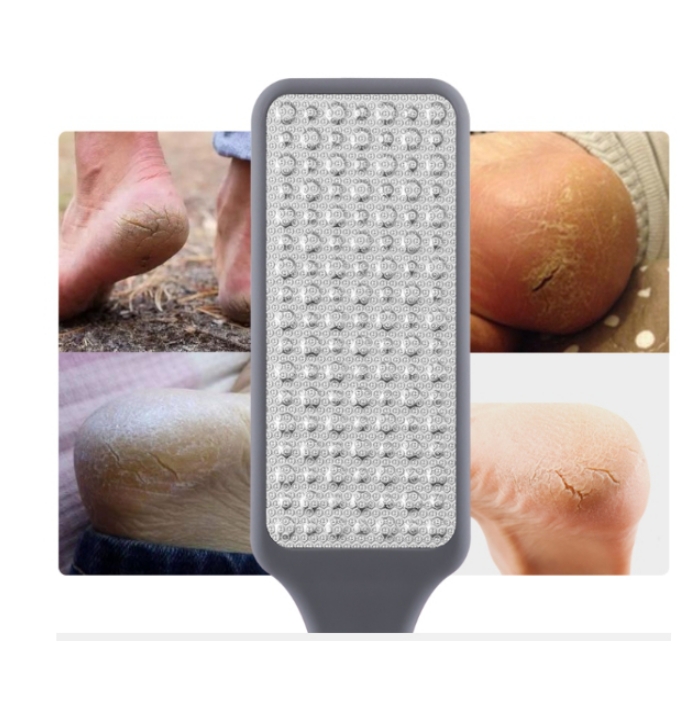In the case of a soft calender, the web is calendered with a nip consisting of a thermo-hard roller and an elastic roller. As the web passes through the nip, the full web density increases evenly because of the elasticity of the roll surface. This means that the soft roll surface distributes the nip pressure more evenly to the thicker or thinner portion of the web than the hard roll, so that even when the moisture is high, no spotting of the light is caused. Paper disease. Therefore, the soft calendered paper not only has a good appearance but also significantly improves the printability. The thicker part is not over-calendered, so the fibers and their bonds are not damaged in the nip and the strength of the sheet is enhanced. A given web has a certain composition and structure (material distribution, spatial orientation of the material particles, and formability), such as coated paper, as well as the effects of the coating. The calendering effect is generally also affected by the following parameters: Roller temperature ·Paper web temperature · Pressure of nip ·How long the web stays in the nip · Number of nips Their effect on calendering can be summarized as follows: • Higher smoothness, density, and gloss can be obtained due to the increase in nip temperature, pressure, and residence time, as well as the increase in the number of nips. ·Using high temperature calendering can achieve uniform roughness and nip pressure can be greatly reduced. • For uncoated paper, regardless of whether high or low temperature calendering is used, it is important for the web to have a certain density to achieve a certain level of roughness. · When the roughness is constant, the use of high temperature calendering is higher than that of low temperature calendering. · Paper with high temperature calendering has a higher print gloss than low temperature. · Especially for high basis weight papers and coated papers, the use of high temperature calendering has lower loss of bulk than low temperature calendering, but the composition of the web, the coating formulation, and the measurement system also play an important role in the calendering effect. The relationship between bulk and gloss and print gloss is more easily changed than the relationship between bulk and smoothness and roughness. • When the web has a high moisture content and is calendered at high temperatures, the fibers are softened and easily calendered. Therefore, steam injection has a significant effect on the calendering process. Different types of soft calenders, the number of nips depends on the different uses. The single pressure zone structure is a feature of soft calendering. Compared with overpressure light, the distribution of line pressure in each pressure zone is greatly improved, and at the same time, since the roller surface of the soft roller is only subjected to one-time extrusion when it is rotated once, the roller surface has enough time to restore the original shape, so even if it is very At high vehicle speeds, the pressurization efficiency is also high and the service life is long. A major feature of soft calendering in single nip zones is the ease of threading, which is more important for high speed paper machines. The temperature in the nip and the line pressure can be controlled individually to a large extent, so the calendering effect can be varied, and the difference in the two sides of the web is reduced to a minimum. Heat Roller - The PERITHERM Roller has a series of holes in the circumferential direction, which can be heated by hot water, steam or hot oil depending on the requirements of the roll surface temperature. Hot rolls generally use chilled cast iron rolls or steel rolls. For paper grades with high requirements for smoothness and gloss, a carbon layer can be added to the roll surface. For high speed paper machines, the maximum temperature of the roll surface can reach 200°C. Foot File Stainless Steel-Rectangle

Material:Stainless Steel+ABS
Color:Black
Design:Square
Weight:130g
Size:66*263mm
MOQ:500pcs
Package:OPP package
Logo:Customized
Painting: Rubble
Remove Dead Hard Skin Callus
Double Sided Stainless Steel File Appropriate Types:
Household, Hotel
Professional Stainless Steel File Warranty:12months
Professional Stainless Steel Foot File,Double Sided Stainless Steel File,Professional Stainless Steel File
SZ CHENGYANG BEAUTY TOOLS CO.,LTD , https://www.cyfootfile.com